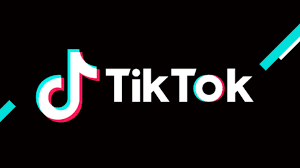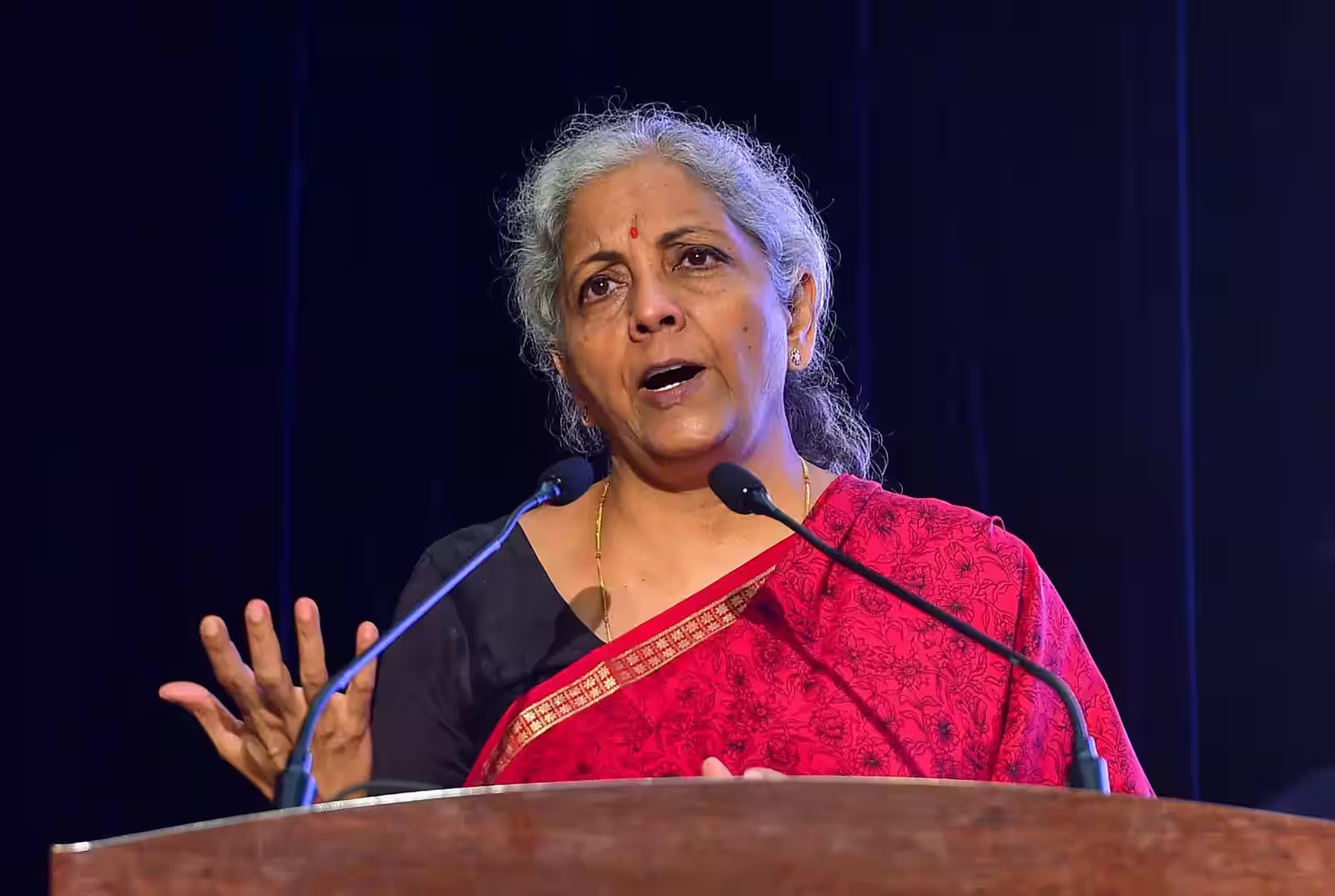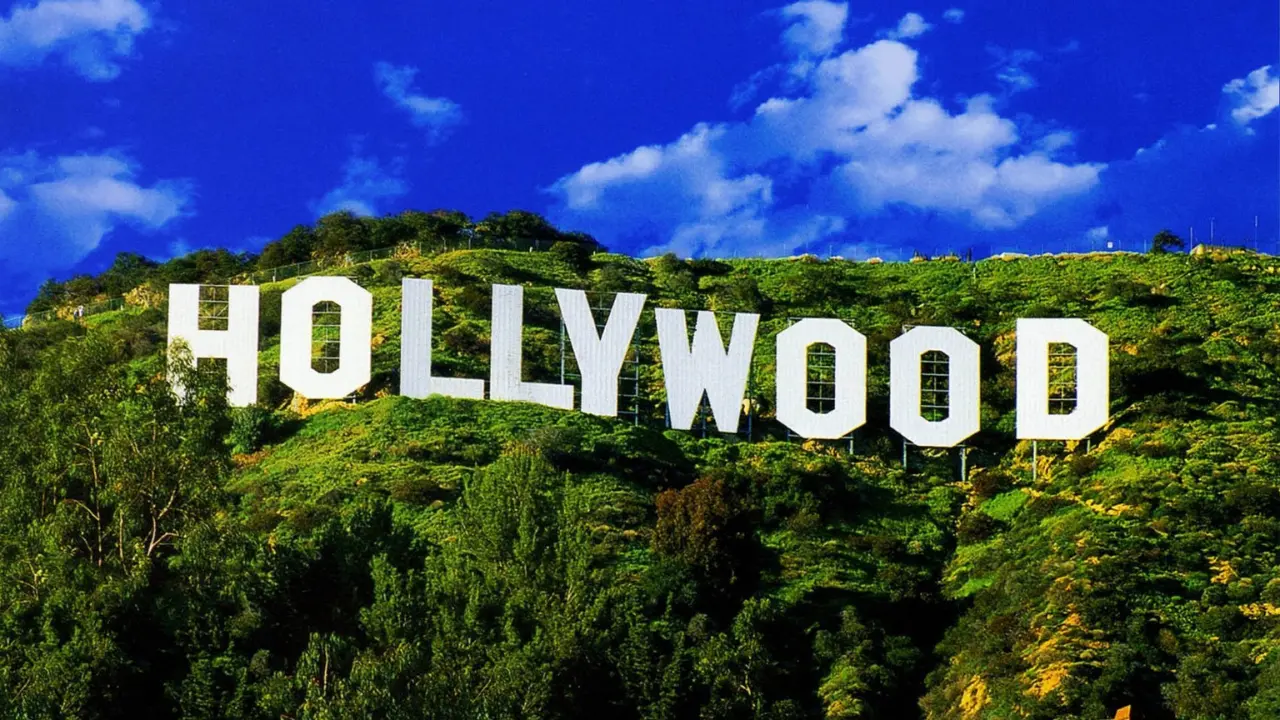In a surprising move amid escalating U.S.-China tensions, former U.S. President Donald Trump extended the deadline for TikTok’s U.S. operations by 75 days. The extension comes just days after China blocked a proposed spinoff deal, intensifying a high-stakes standoff over data privacy, national security, and tech dominance.
Here are the 10 key things you need to know about the situation, what led to the decision, and what it means for TikTok users and global tech politics.
📌 1. What Is the TikTok Deadline About?
In 2020, the Trump administration issued an executive order directing TikTok’s parent company, ByteDance, to divest its U.S. operations over national security concerns. The order alleged that TikTok was collecting data on U.S. citizens that could be accessed by the Chinese government.
🕒 2. The 75-Day Extension Explained
The original deadline for TikTok to find a U.S.-based buyer or face a ban was fast approaching. Trump’s 75-day extension gives ByteDance more time to negotiate a deal or restructure its operations to comply with U.S. demands.
🛑 3. China’s Role: Why the Spinoff Deal Was Halted
Just before the deadline, China issued new export restrictions on AI technology, effectively halting any deal that would involve transferring TikTok’s algorithm or core technology to a U.S. buyer. This move thwarted plans by companies like Oracle and Walmart to acquire a stake in TikTok’s U.S. operations.
💼 4. Oracle, Walmart & Microsoft: Who’s in the Race?
- Oracle had proposed to serve as TikTok’s “trusted technology provider”
- Walmart joined the bid to boost its digital footprint
- Microsoft was previously in talks but later pulled out
The extension could revive stalled negotiations or invite new bidders into the mix.
🔍 5. National Security Concerns Remain Central
The Trump administration and U.S. lawmakers argue that TikTok poses a risk to user privacy, particularly due to its Chinese ownership. Despite TikTok denying these claims, the Committee on Foreign Investment in the U.S. (CFIUS) remains involved in the review process.
🌍 6. The Bigger Picture: U.S.–China Trade Tensions
This move isn’t just about TikTok. It reflects deeper trade and technology tensions between the U.S. and China. The dispute has affected other tech giants like Huawei, WeChat, and even U.S. firms operating in China.
👨⚖️ 7. Legal Challenges Are Still in Play
TikTok filed lawsuits challenging the executive order, claiming it violated due process and overstepped executive authority. Courts had issued temporary injunctions, which were part of the reason the Trump administration chose to delay the enforcement.
🧑💼 8. What This Means for TikTok Users in the U.S.
For now, TikTok will continue to operate in the U.S. as usual. However, future restrictions could impact:
- App availability in the App Store and Play Store
- Software updates or algorithm access
- Monetization and influencer revenue
🤖 9. Could TikTok Be Forced to Sell Its Algorithm?
With China’s ban on exporting AI tech, any U.S. buyer may need to rebuild TikTok’s recommendation engine from scratch — a costly and time-consuming effort. This could devalue the platform and delay any acquisition deal.
📰 10. What’s Next?
The 75-day window is likely the final chance for ByteDance to reach a compliant structure under U.S. law. If not resolved, TikTok could face:
- A complete ban in the U.S.
- Forced shutdown of U.S. operations
- Ongoing legal and political battles
Stay tuned — the situation is still evolving rapidly.








